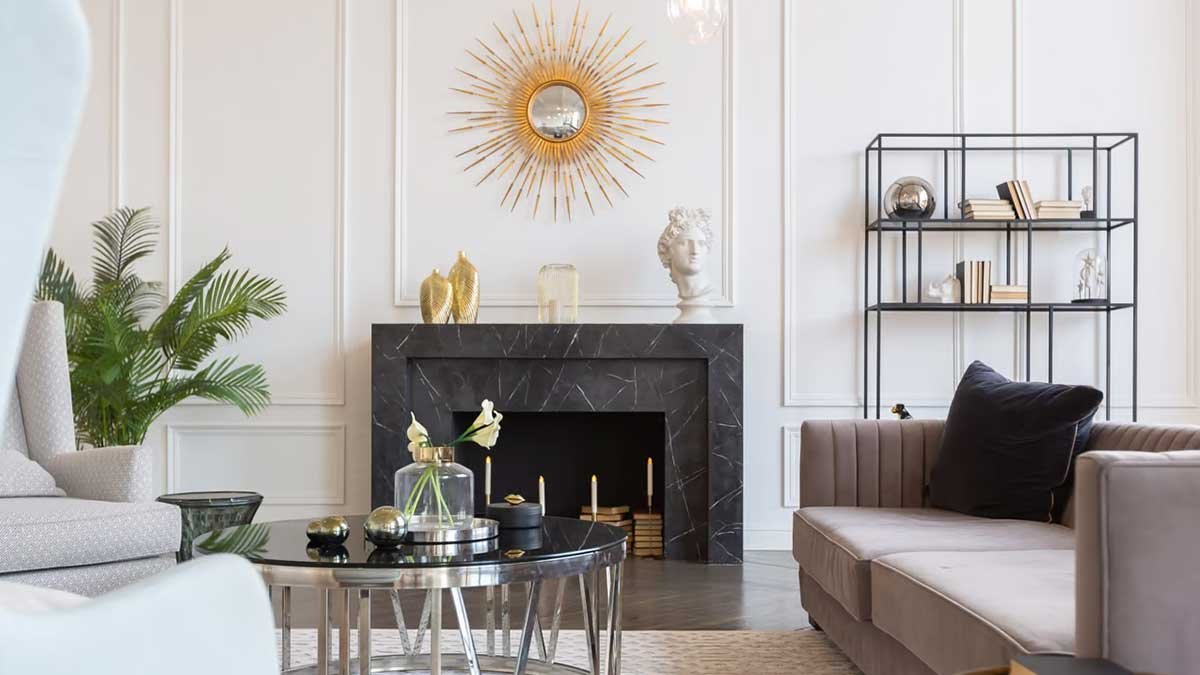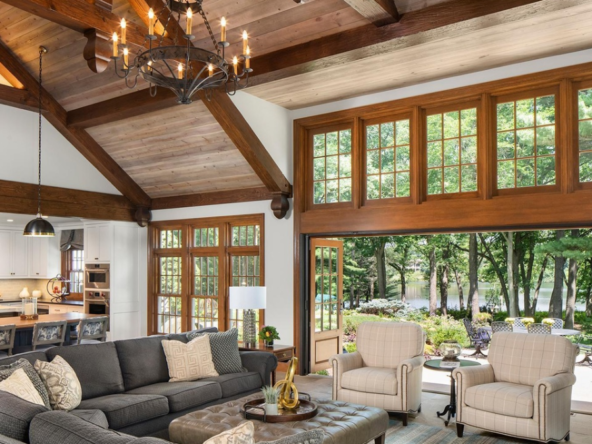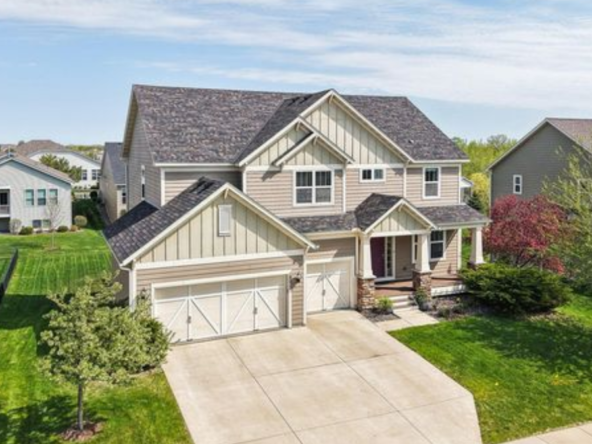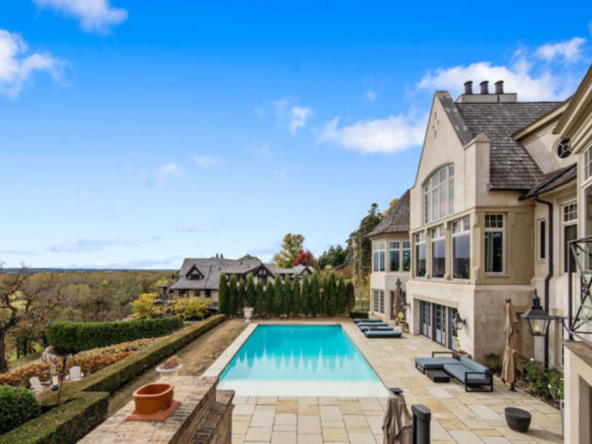The Twin Cities—Minneapolis and St. Paul—offer a wide range of neighborhoods that cater to different lifestyles, tastes, and budgets. Whether you’re a young professional seeking a vibrant urban setting, someone looking to live close to nature, or someone desiring an upscale lifestyle, the Twin Cities have something for everyone. Let’s dive into some of the best neighborhoods in the area for a variety of living preferences.
1. FOR YOUNG PROFESSIONALS:
North Loop (Minneapolis)
The North Loop, often considered the trendiest neighborhood in Minneapolis, is a prime choice for young professionals. This industrial-chic area is known for its upscale lofts, art galleries, breweries, and trendy restaurants. The neighborhood has a youthful vibe, and its proximity to downtown makes it perfect for those who want to be in the thick of the action. With its blend of modern living and historical character, the North Loop offers a vibrant urban experience.
Downtown East (Minneapolis)
Downtown East has quickly become one of the most sought-after neighborhoods in Minneapolis. Located near the new U.S. Bank Stadium and the vibrant East Town district, this area boasts modern apartments, luxury condos, and easy access to the city’s top amenities. With new developments and a strong sense of community, Downtown East is ideal for young professionals looking to live in the heart of the action while enjoying close proximity to entertainment venues, restaurants, and business hubs.
Downtown St. Paul
For those seeking a quieter, more laid-back alternative to Minneapolis, Downtown St. Paul offers a charming urban environment with a slightly slower pace. The neighborhood is home to a variety of affordable apartments, as well as being close to theaters, museums, and a growing restaurant scene. It’s a great option for young professionals looking for a smaller-scale urban experience with access to the cultural side of St. Paul.
2. FOR BUDGET-CONSCIOUS LIVING:
Como (St. Paul)
Located near the University of Minnesota, Como is a lively, budget-friendly neighborhood with a youthful energy. With affordable housing options and plenty of parks (including the iconic Como Park Zoo and Conservatory), this neighborhood offers residents a peaceful atmosphere and an easy commute to both St. Paul and Minneapolis. It’s the perfect blend of convenience and affordability.
Excelsior
Located just southwest of Minneapolis, Excelsior is a charming town with a mix of residential homes and affordable living options, offering a small-town feel with easy access to the city. With its cute main street full of boutiques, restaurants, and proximity to Lake Minnetonka, Excelsior gives residents a relaxed, suburban lifestyle without straying too far from urban amenities. For budget-conscious residents seeking a tranquil but well-connected neighborhood, Excelsior is a wonderful choice.
3. FOR NATURE LOVERS:
Minnehaha (Minneapolis)
If you’re someone who loves the outdoors, Minnehaha could be your perfect fit. Located near the iconic Minnehaha Falls, this neighborhood offers scenic beauty and an abundance of green space. With trails, parks, and the majestic falls, nature lovers will enjoy the area’s access to hiking, biking, and scenic spots. The homes here range from charming cottages to larger single-family homes, providing plenty of options for outdoor enthusiasts who want to live near nature while still being close to the city.
Highland Park (St. Paul)
Highland Park is one of St. Paul’s most scenic neighborhoods, offering residents both tranquility and access to nature. Located along the Mississippi River, the area has beautiful parks, walking trails, and river views. It’s perfect for those who enjoy outdoor activities like biking and hiking, all while living in a peaceful, established neighborhood with a strong sense of community.
4. FOR AN URBAN/MODERN VIBE:
Downtown Minneapolis
For those who want to be in the heart of the city, downtown Minneapolis offers a true urban experience with high-rise condos, luxury apartments, and a fast-paced environment. If you’re looking to be close to the city’s best restaurants, shopping, and cultural events, living in the heart of downtown offers unmatched convenience. The area is also home to major business hubs, making it ideal for professionals working in the city. Whether you’re in a sleek apartment or a modern loft, downtown Minneapolis offers a dynamic and modern lifestyle.
Kenwood (Minneapolis)
If you prefer a prestigious neighborhood with access to the city, Kenwood is an excellent option. With its stunning historic homes and tree-lined streets, Kenwood is one of Minneapolis’ most desirable neighborhoods. Located near Lake of the Isles, it offers residents both tranquility and proximity to downtown Minneapolis. It’s ideal for those looking for a peaceful, upscale setting within the city.
5. FOR LUXURY LIVING:
Wayzata
Wayzata is the epitome of luxury living in the Twin Cities. Located on the shores of Lake Minnetonka, this affluent suburb boasts luxury homes, pristine waterfront properties, and upscale shopping and dining. With its picturesque lakefront views and close-knit community, Wayzata offers an upscale suburban lifestyle with easy access to the city. It’s perfect for those seeking an idyllic and high-end lifestyle.
Edina
Edina is another luxurious suburban neighborhood offering an exceptional quality of life. Known for its top-rated schools, beautiful homes, and elegant shopping and dining, Edina provides residents with a high-end living experience. The neighborhood boasts stunning parks, golf courses, and an easy commute to downtown Minneapolis. It’s a great option for those who desire a suburban lifestyle with quick access to urban amenities.
6. FOR HISTORIC CHARM:
Summit Hill (St. Paul)
Summit Hill is one of the most beautiful and historically rich neighborhoods in St. Paul. Known for its stately mansions, tree-lined streets, and breathtaking architecture, Summit Hill offers a classic, old-world charm. The neighborhood is home to many historic buildings, with the added benefit of being close to cultural landmarks and parks. It’s perfect for those who appreciate history and elegance in a neighborhood.
Nicollet Island (Minneapolis)
Nicollet Island is one of Minneapolis’s oldest residential neighborhoods, offering a unique combination of historic homes and scenic views of the Mississippi River. This quiet island neighborhood has preserved much of its historic charm, with Victorian-style homes and peaceful surroundings. It’s a hidden gem for those seeking a unique, historical living experience in the city.
CONCLUSION
The Twin Cities offer something for everyone, whether you’re looking for an energetic urban environment, a peaceful suburban retreat, or a neighborhood close to nature. With a variety of options ranging from affordable living to luxury estates, these neighborhoods cater to all tastes and budgets. Whether you’re just starting out, looking to enjoy an active lifestyle, or seeking a serene home, you can find the perfect fit in Minneapolis or St. Paul. Explore the Twin Cities and discover the neighborhood that best suits your lifestyle!
1. SKIPPING PRE-APPROVAL FOR A MORTGAGE
One of the biggest mistakes homebuyers make is failing to get pre-approved for a mortgage before they start their search. Pre-approval isn’t just a formality—it helps you understand what you can afford, making your house hunt more focused and efficient. Plus, it shows sellers that you’re serious, which is crucial in competitive markets.
Without pre-approval, you risk falling in love with a house that’s out of your budget, or worse, losing out on the perfect home because you weren’t ready to make an offer.
2. FORGETTING ABOUT ADDITIONAL COSTS
Many buyers get wrapped up in the excitement of finding their dream home and overlook the extra costs associated with buying. The down payment is only the beginning. There are also closing costs, home inspections, property taxes, homeowner’s insurance, and potential repair costs to consider.
Take a close look at all the expenses involved and make sure your budget accounts for these added costs. It’ll save you from financial surprises down the road.
3. NEGLECTING TO RESEARCH THE NEIGHBORHOOD
The house may look perfect on the inside, but what about the area around it? A great home in a not-so-great neighborhood can quickly turn your dream home into a nightmare. It’s essential to research the local schools, amenities, crime rates, and even the long-term development plans for the area.
Visit the neighborhood at different times of the day to get a true sense of what living there will be like. Is it a peaceful suburb or a busy street with lots of noise? Make sure the community fits your lifestyle.
4. FOCUSING ONLY ON CURRENT NEEDS
It’s easy to get caught up in the excitement of buying a home and choose something that suits your present needs. But don’t forget to think long term. Is the house big enough for a growing family? Will it still work for you in five or ten years?
Make sure your new home has room for life’s changes, whether that’s a new job, additional family members, or the need for more space down the road. A home should be a long-term investment, not just a quick fix for today’s needs.
5. SKIPPING THE HOME INSPECTION
It can be tempting to skip the home inspection, especially if the house looks perfect at first glance. But trust us, no house is flawless. An inspection will help you uncover hidden problems like faulty wiring, plumbing issues, or even structural damage that could cost you thousands in repairs.
Even new homes can have issues, so always hire a qualified inspector before you make an offer. It’s a small investment that can save you from costly mistakes.
6. OVERLOOKING THE IMPACT OF YOUR CREDIT SCORE
Your credit score is one of the biggest factors that will affect your mortgage rate. A lower score means higher interest rates, which can significantly increase the overall cost of your loan. If your credit isn’t in great shape, take steps to improve it before you start your search.
Even small improvements can help you qualify for a better rate, saving you money in the long run.
7. LETTING EMOTIONS DRIVE YOUR DECISIONS
It’s easy to fall in love with a house, especially if it checks off everything on your wish list. But buying a home is a big financial decision, and letting your emotions take the lead can cloud your judgment.
Make sure to keep your head in the game. Stick to your budget, prioritize your needs, and don’t get swayed by cosmetic features that may not matter in the long term.
8. GOING SOLO WITHOUT AN EXPERIENCED AGENT
Trying to navigate the home-buying process without a real estate agent can be a big mistake. A good agent will guide you through the process, help you find homes that match your criteria, negotiate on your behalf, and provide valuable advice along the way.
A skilled real estate agent is your advocate and can make the entire home-buying experience less stressful and more efficient.
9. NOT EXPLORING ALL LOAN OPTIONS
Not all loans are created equal, and the type of loan you choose can impact your monthly payment and overall budget. From FHA loans for first-time buyers to VA loans for veterans and USDA loans for rural homebuyers, there are plenty of options.
Make sure you understand what loan options are available to you and choose the one that best suits your financial situation. A good mortgage lender can help you navigate these choices and find the best deal.
10. SETTING UNREALISTIC EXPECTATIONS
It’s easy to get carried away when house hunting, but keep in mind that no home is perfect. You may need to compromise on certain features, whether it’s the size of the yard or the number of bedrooms.
Be realistic about what you can afford and what you truly need. Setting realistic expectations will help you find a home that’s a great fit, rather than getting stuck in the search for the “perfect” place.
FINAL THOUGHTS
Buying a home is an exciting journey, but it’s also a big responsibility. By avoiding these common mistakes and staying focused on your goals, you can make the process smoother, less stressful, and more rewarding. Take your time, do your research, and work with the right professionals to help you make informed decisions.




